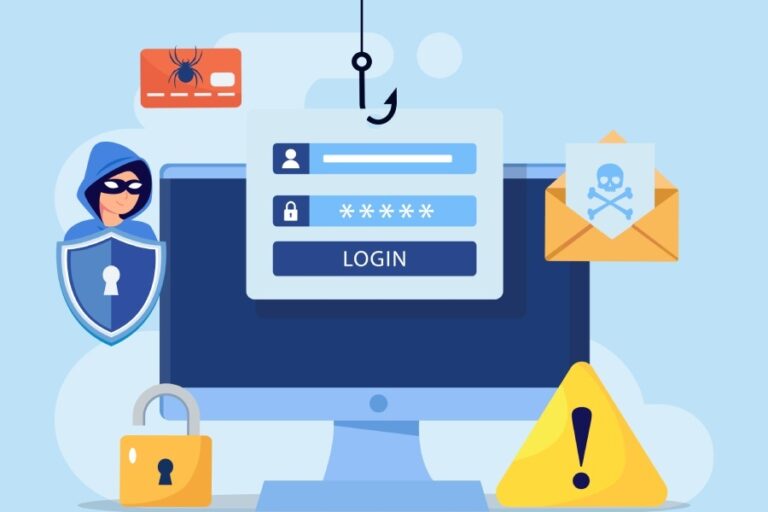What Is a PTR Record? Understanding Its Importance in DNS Lookup
What Are PTR Records? PTR records, often called Pointer Records, serve a distinctive role within the realm of DNS by facilitating reverse DNS lookups. Instead of mapping a domain name like example.com to an IP address, which is typical for standard DNS queries, PTR records connect an IP address back to its corresponding domain name….







